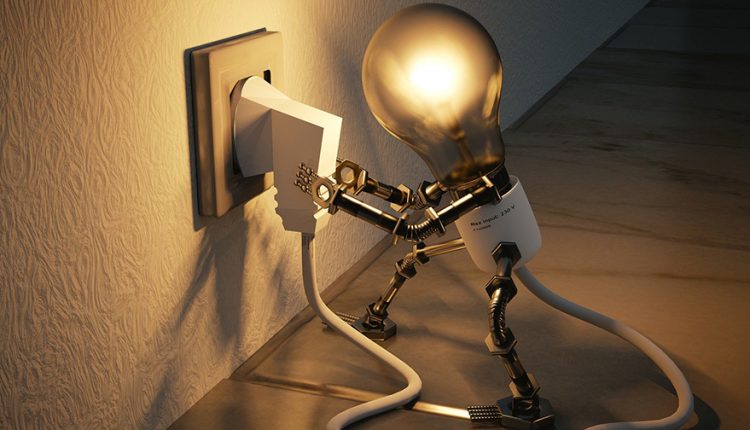Fuel cells able to convert hydrogen into electricity are called to play an important role in the energy transition towards a future with zero-emissions. In reverse mode, electrolysis cells can convert water into hydrogen by using electricity.
Electrolysers are considered one of the most promising solutions for massive storage of the electricity intermittently generated by renewable power sources, as well as a smart alternative for decarbonizing energy-intensive sectors.
Solid Oxide Fuel and Electrolysis Cells (SOFCs and SOECs) have high efficiency but their ceramic nature strongly increases their manufacturing costs while limiting complex shapes and enhancement. Enter 3D printing. It will improve performance while reducing fabrication and operation costs. Indeed, it has recently been shown to improve the ruggedness of the structure.
Solid Oxide Cells (SOCs) are ceramic-based multilayer electrochemical cells consisting of a gas-tight oxide-ionic conductor electrolyte with electrodes in both sides. The best SOC materials are yttria-stabilized zirconia for electrolyte, YSZ-based composites as electrodes (lanthanum strontium manganite) for the oxygen electrode and Ni-YSZ for the fuel electrode.
This year, a new SOFC system secured state approval in a fast-track evaluation method accelerating development and utilization. South Korea is investing heavily in hydrogen fuel cells as a new power source. In September 2019, SK Engineering & Construction, a unit of South Korea’s SK Group, signed an SOFC joint venture with Bloom Energy. Doosan Corp. partnered with Ceres Power of Britain to develop SOFCs for commercial buildings.
Solid Oxide Electrolysis Cells (SOECs) are also gaining more attention. These highly efficient energy conversion devices (>80% LHV) give higher production yields and lower specific electric energy than competitors. New research in 2020 has demonstrated SLA 3D printed SOFC, with laser scanning. It is also a breakthrough for SOECs.
Indeed, it is a first step towards fabrication of a radically new generation of solid oxide cells with enhanced performance related to their change in nature from planar to three-dimensional. That goes beyond the high aspect ratio of corrugated electrolyte. 3D printed structural elements provide embedded functionality and improved stackability.
Pesce Arianna and colleagues reported these advances recently in J. Mater. Chem. A, 2020, DOI:10.1039/D0TA02803G. The researchers believe that that 3D printing of functional materials will revolutionize the energy sector by introducing complex shapes, more robust structures and novel functionalities never explored before.

